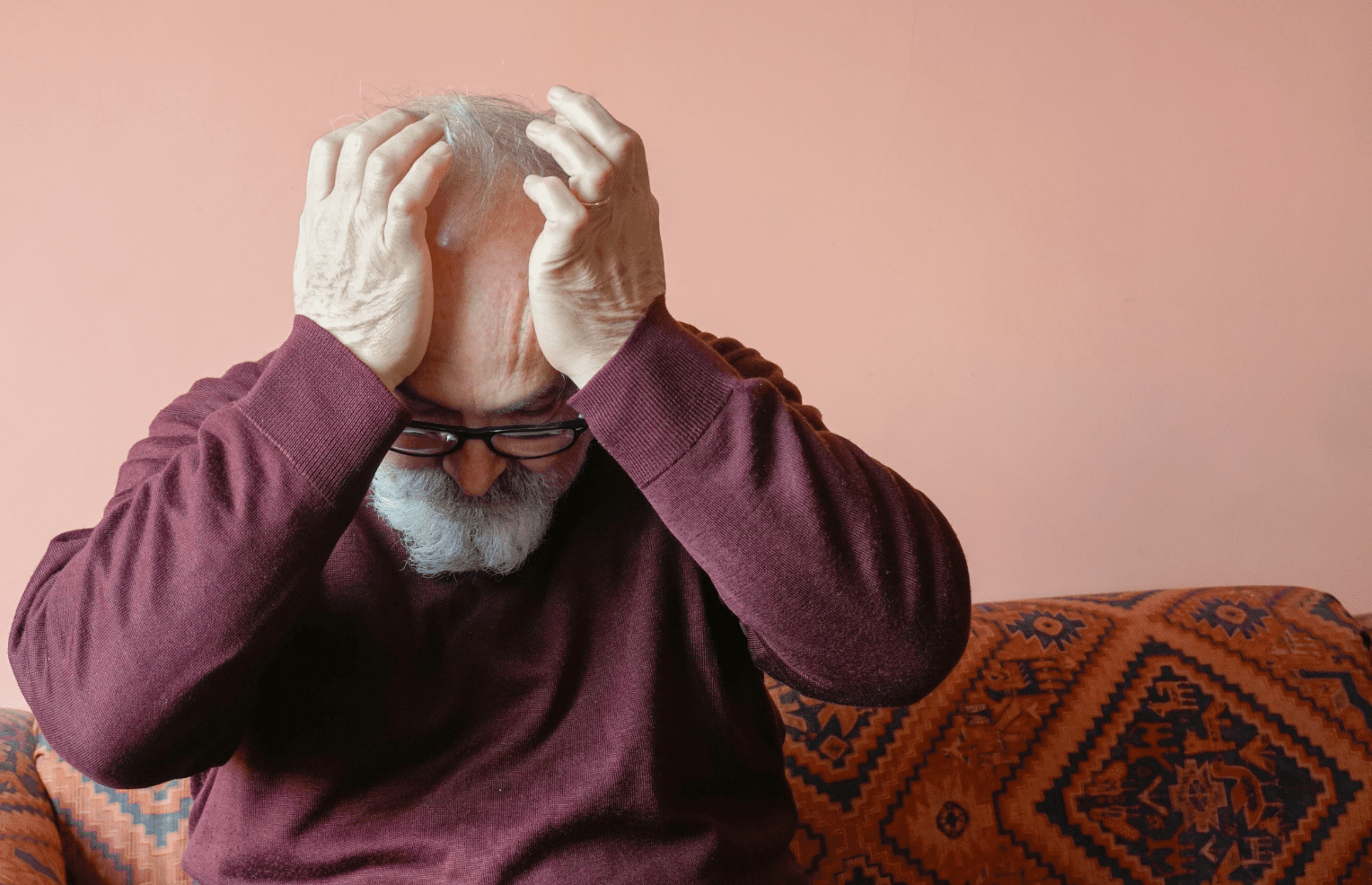Managing migraines can be challenging, especially as we grow older. However, we can effectively manage and reduce their impact on our daily lives by taking proactive steps.
Here are six tips for managing migraines in old age.
Maintain a Consistent Routine
Establishing regular sleeping patterns, eating meals at regular times, and incorporating relaxation techniques into our daily routine can significantly reduce the frequency and severity of migraines. However, disruptions to our routine, such as changes in sleep patterns or meal times, can trigger migraines, so it’s essential to maintain consistency.
Stay Hydrated
Dehydration is a common trigger for migraines. We should drink plenty of water throughout the day and limit consumption of caffeinated and alcoholic beverages, which can contribute to dehydration. Keeping a water bottle with us and setting reminders to drink regularly can help reduce the risk of dehydration and migraine.
Monitor Our Diet
Certain foods and beverages, such as aged cheeses, processed meats, chocolate, and foods containing artificial additives like MSG, can trigger migraines. Keeping a food diary to track our dietary intake and any subsequent migraine attacks has helped us identify potential triggers, allowing us to make informed choices about our diet.
Manage Stress
Stress is a well-known trigger for migraines, so finding effective stress management techniques is crucial. Mindfulness meditation, deep breathing exercises, yoga, and healthy hobbies can help manage stress (and migraine). Prioritizing self-care and taking breaks when needed has also been beneficial in preventing stress from accumulating.
Exercise Regularly
Regular physical activity can help reduce the frequency and severity of migraines by promoting relaxation, improving sleep quality, and reducing stress levels. We should aim for at least 30 minutes of moderate exercise, such as walking, swimming, or cycling, most days of the week. However, we should also be cautious not to overexert ourselves, as intense or vigorous exercise can trigger migraines in some individuals.
Migraine Toolkit
We should prepare a toolkit with items that can help us manage migraines when they occur. This may include over-the-counter pain relievers, such as acetaminophen or ibuprofen, and any prescription medications our healthcare provider prescribes. Other items may include a cold compress or heating pad, an eye mask to block out light, and earplugs to reduce noise sensitivity. Having these items readily available can help us respond quickly to migraine attacks and alleviate symptoms more effectively.
Take Home
Managing migraines in the elderly requires a multifaceted approach, prioritizing hydration, dietary awareness, stress management, regular exercise, and migraine toolkit. By incorporating these six tips into daily life, we can significantly reduce the frequency and severity of migraine attacks, ultimately improving their overall quality of life. It’s essential to remember that each person’s experience with migraines may vary, so it may take some trial and error to find the most effective strategies.

